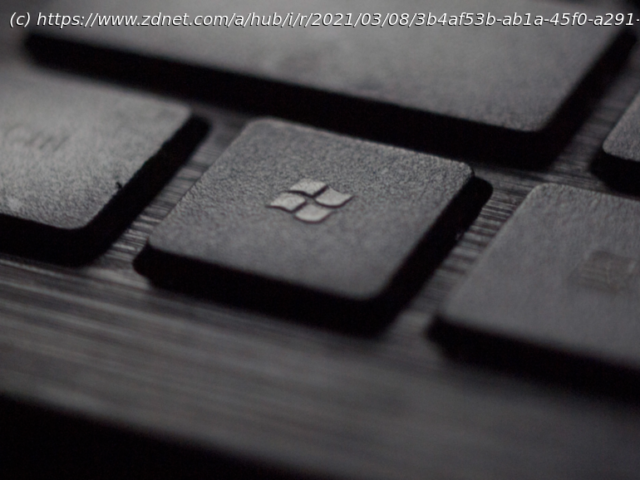Updated: Vulnerabilities are being exploited by Hafnium. Other cyberattackers are following suit.
Four zero-day vulnerabilities in Microsoft Exchange Server are being actively exploited by a state-sponsored threat group from China and appear to have been adopted by other cyberattackers in widespread attacks. While in no way believed to be connected to the SolarWinds supply chain attack that has impacted an estimated 18,000 organizations worldwide — so far — there is concern that lags in patching vulnerable servers could have a similar impact, or worse, on businesses. Also: Best VPNs • Best security keys • Best antivirus Here is everything you need to know about the security issues and our guide will be updated as the story develops. Microsoft told security expert Brian Krebs that the company was made aware of four zero-day bugs in “early” January. A DEVCORE researcher, credited with finding two of the security issues, appears to have reported them around January 5. Going under the handle “Orange Tsai,” the researcher tweeted: According to Volexity, attacks using the four zero-days may have started as early as January 6, 2021. Dubex reported suspicious activity on Microsoft Exchange servers in the same month. On March 2, Microsoft released patches to tackle the four severe vulnerabilities in Microsoft Exchange Server software. At the time, the company said that the bugs were being actively exploited in “limited, targeted attacks.” On March 12, Microsoft focused its investigation on whether the hackers obtained the credentials needed to gain access to the Exchange Server by a Microsoft partner, either intentionally or unintentionally. It is suspected that the hackers possessed Proof-of-Concept (PoC) attack code that Microsoft shared with antivirus companies as part of the company’s Microsoft Active Protections Program (Mapp). Microsoft Exchange Server is an email inbox, calendar, and collaboration solution. Users range from enterprise giants to small and medium-sized businesses worldwide. While fixes have been issued, the scope of potential Exchange Server compromise depends on the speed and uptake of patches — and the number of estimated victims continues to grow. Microsoft is now also reportedly investigating potential links between PoC attack code issued privately to cybersecurity partners and vendors prior to patch release and exploit tools spotted in the wild, as well as the prospect of an accidental — or deliberate — leak that prompted a spike in attacks. The critical vulnerabilities, known together as ProxyLogon, impact on-premise Exchange Server 2013, Exchange Server 2016, and Exchange Server 2019. However, Exchange Online is not affected. Microsoft is now also updating Exchange Server 2010 “for defense-in-depth purposes.” If used in an attack chain, all of these vulnerabilities can lead to Remote Code Execution (RCE), server hijacking, backdoors, data theft, and potentially further malware deployment. In summary, Microsoft says that attackers secure access to an Exchange Server either through these bugs or stolen credentials and they can then create a web shell to hijack the system and execute commands remotely.
Home
United States
USA — software Everything you need to know about the Microsoft Exchange Server hack






